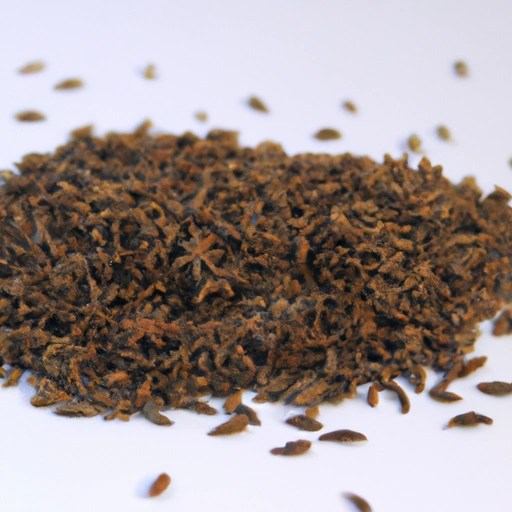Caraway
Description

Caraway, known scientifically as Carum carvi, is a biennial plant in the Apiaceae family, which includes other culinary herbs like parsley, dill, and cumin. Its small, crescent-shaped brown seeds are highly aromatic and possess a distinctive earthy anise flavor, which has made them a popular spice in various regional cuisines. Caraway seeds are commonly used in whole or ground form and are often incorporated into spice blends, bread, and confectionery.
Common uses
Caraway is often found in bread, like rye and pumpernickel, and is used to season sausages, cheeses, and cabbage dishes. It also flavors liqueurs such as aquavit and Kьmmel and is a component in spice blends like harissa and garam masala. Caraway's aromatic qualities also make it a popular choice for flavoring soups, stews, and pickles.
Nutritional value
Calories
A 1 tablespoon (6.7 grams or 0.24 ounces) serving of caraway seeds contains approximately 22 calories.
Protein
The same serving size has roughly 1.3 grams (0.046 ounces) of protein.
Fat
Caraway seeds contain about 0.9 grams (0.032 ounces) of fat per tablespoon.
Carbohydrates
They provide 3.3 grams (0.12 ounces) of carbohydrates, of which 2.5 grams (0.088 ounces) are dietary fiber.
Vitamins
Caraway is a good source of several vitamins, particularly B-vitamins like riboflavin and thiamine.
Minerals
The seeds are also rich in minerals such as iron, calcium, and magnesium.
Health benefits
Caraway seeds are believed to aid digestion and reduce bloating. They also have antispasmodic properties and may help in relieving menstrual cramps. The fiber content in caraway can contribute to better gastrointestinal health and regularity. Antioxidants found in caraway, such as carvone and limonene, may have anti-inflammatory and anticancer effects.
Potential risks
Although caraway is generally safe for consumption, excessive intake may lead to potential side effects such as heartburn or indigestion. It is recommended to use caraway in moderation, particularly for those with a sensitive gastrointestinal tract. As with any food ingredient, allergic reactions are possible and individuals with food allergies should consume caraway with caution.
Common recipes
Caraway is a staple in recipes such as German sauerkraut, Irish soda bread, Middle Eastern kebabs, and Scandinavian rye bread. It is also used in desserts and pastries, like the traditional Central European caraway seed cake.
Cooking methods
The seeds can be toasted to enhance their flavor before being added to dishes. They can be used whole, crushed, or ground to incorporate into various recipes.
Pairing with other ingredients
Caraway pairs well with meats like pork and duck, root vegetables such as potatoes and carrots, as well as apples and oranges for a fruity twist. It complements other spices like coriander, anise, and fennel.
Summary
Caraway is a flavorful and aromatic spice that contributes to the taste and healthfulness of many dishes across the globe. Its historical background is as rich as its flavor, and its versatility in the kitchen makes it a favorite among cooks and chefs. With a variety of uses from savory to sweet, caraway seeds continue to be a valued ingredient in both traditional and contemporary recipes.